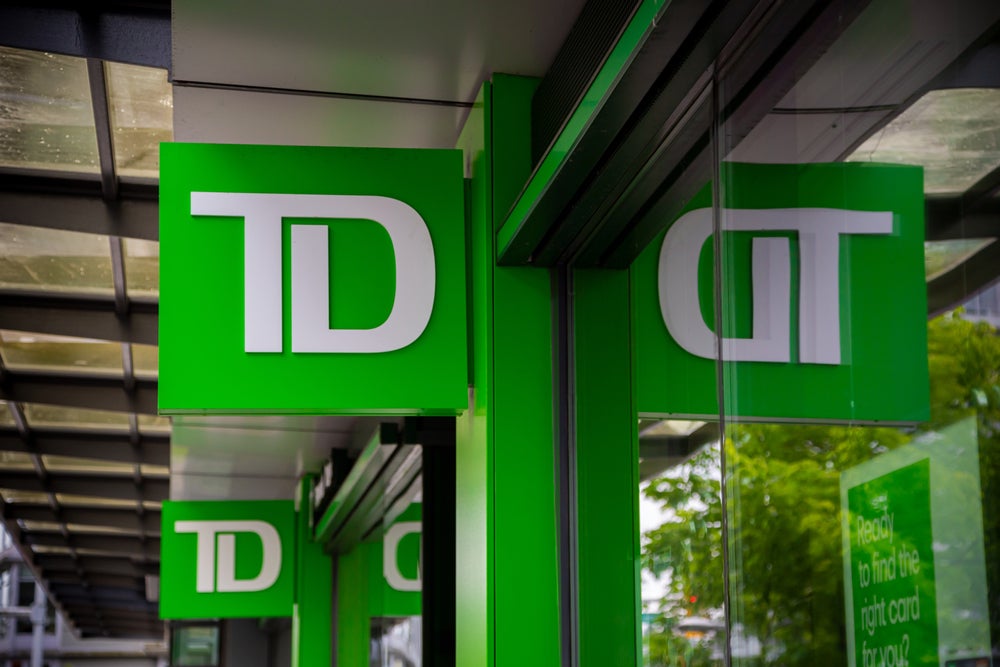Mikkel Velin, Co-CEO at YouLend, explores the trends shaping the future of lending and what this means for the wider B2B lending industry in 2022.
Embedded finance is thriving. Last year, we saw huge numbers of retailers launching embedded finance solutions. Buy-now-pay-later (BNPL) offerings – most notably – exploded across the globe, with purchases predicted to hit $100bn at the end of 2021. This provided a much-needed boost to retail spending, and helped merchants maintain growth despite the challenging economic conditions of the last two years.
A parallel trend has also gained traction in the UK B2B lending space. E-commerce platforms and Payment Service Providers, who aren’t typically considered traditional lenders, are now offering financing directly to their business customers.
The catalyst behind the boom in these non-financial services companies being able to provide lending solutions quickly and safely is the growing availability of embedded finance solutions.
This year, embedded lending especially is set to grow exponentially in the UK and take root in Europe as demand for financing from SMEs globally reaches a tipping point. In the current economy, these small businesses – often locked out of traditional funding sources – have more need than ever for alternative credit options. Traditional bank-based lending, with its poor approval rates and slow response times, cannot give them the support they need.
New entrants in B2B lending, with their user-friendly platforms and modern risk assessment algorithms, have significant advantages over traditional lenders. They can offer an almost instant response time, a smooth onboarding experience, and a support experience in line with what customers expect today from their providers.
How well do you really know your competitors?
Access the most comprehensive Company Profiles on the market, powered by GlobalData. Save hours of research. Gain competitive edge.

Thank you!
Your download email will arrive shortly
Not ready to buy yet? Download a free sample
We are confident about the unique quality of our Company Profiles. However, we want you to make the most beneficial decision for your business, so we offer a free sample that you can download by submitting the below form
By GlobalDataWith this in mind, it’s clear that embedded lending will continue to have a profound impact on the future of borrowing. But what, specifically, can we expect to see in 2022?
1) Staying in your lane is no longer enough
In the current landscape, relying exclusively on core offerings won’t be enough. ‘Everyone’s a fintech now’ will hold true in 2022. Businesses who aren’t offering value-add financial services to customers on top of their core services are unlikely to stay ahead of competitors.
Embedded finance technology allows firms to build directly on the foundation of their future growth. Business expansion in the digital age is about helping your customers grow as you grow. In this way, embedded lending has the power to elevate, not eliminate, players across the broader ecosystem.
2) B2C embedded finance will open the door for B2B growth
BNPL is a key trend that has seen exponential growth and adoption, enabling consumers to access credit at the point of sale and pay in instalments over a chosen time frame.
But we are only just beginning to scratch the surface when it comes to B2B. Embedded lending soared in the UK last year and will continue to spread rapidly through Europe and globally in 2022, as demand for financing from SMEs continues to grow. This year, B2B SME lending in Europe is set to see a transformation similar to that of B2C lending in 2021.
Ultimately, the more consumers become comfortable with BNPL and gain greater confidence in the technology that enables quick access to finance, the more businesses will take advantage of the embedded lending solutions offered by their providers.
3) New players will disrupt traditional financing structures
While the huge growth of BNPL has been well documented, lesser known is the rapid growth of eCommerce platforms and Payment Service Providers offering lending solutions to their business customers in the UK.
New entrants are bringing advanced technology to risk assessment and credit checks, enabling an overall better outcome for SMEs, by providing more tailored, accessible, and lower priced financing.
Risk modelling that uses more data sources allows a broader pool of merchants to get approval for financing, mirroring the success of micro-financing in bringing successful solutions to spaces often overlooked by banks.
Embedded lending will also offer SMEs revenue-based repayment options – as opposed to fixed amortisation repayment schedules offered by traditional lenders, which provide limited leeway for fluctuations in revenue.
While all of these trends will influence traditional lending structures in different ways, they have a common thread in their progressive use of wider data pools and smarter automation to create value for merchants.
In the coming year, the number of e-Commerce platforms offering embedded financing options in the UK will continue to grow, and European players will likely start catching up, seizing the opportunity to either consolidate their market position, or challenge incumbent players in their space. This growth will not only upend the e-Commerce and retail space, but will also open interesting opportunities for B2B providers in many more sectors. Post-pandemic, the embedded finance sector will definitely be a space to watch.
Mikkel Velin is Co-CEO at YouLend






